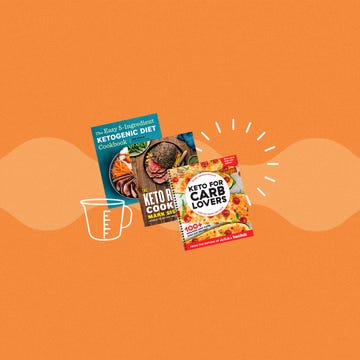We may earn commission from links on this page, but we only recommend products we back.

Dipping your to(ngu)e into the world of French wine can be intimidating. There are so many different types, regions, and varieties—but the unknown can be vast and exciting. The first thing to remember: Keep yourself open to new experiences and don’t be afraid to ask questions, said Irina Ponomarenko, a sommelier with The Sommelier Company.
French wine is revered around the world, largely because many of the benchmark styles originated there (think Champagne, Burgundy, Bordeaux), Ponomarenko said. “France is the origin of most 'international' grape varieties that we see in the New World wine regions, like Cabernet Sauvignon, Merlot, Chardonnay, Pinot Noir, Syrah, Sauvignon Blanc,” she continued. “All these grapes are French in origin.”
To fully understand French wine, you must understand its history, Denise Barker, a sommelier and Sommelier Society of America instructor said.
“Grapes are grown in almost every major region in France, and the culture, history and techniques are incredibly nuanced,” Barker said. “Some winemakers choose to honor their ancestors’ way of working in the vineyards, while others experiment with modern-day techniques, so there's a wide variety to choose from.”
Like many places, wine varies by the region in France. Here’s a crash course from Barker and Ponomarenko.
Alsace: This area is diverse in soil types, which means complexity and minerality in the wine. Look for Riesling and Gewurztraminer.
Beaujolais: Here, it's all about the grape Gamay—lighter- to medium-bodied red wines with a little spice meant to be enjoyed young.
Bordeaux: This region is the big dog, the largest in France. Think big names and serious wines. A river divides the left and right banks. Left bank is Cabernet Sauvignon. Right bank is Merlot.
Burgundy: You’ve heard of this region, and they put out some of the world’s most prized Pinot Noir and Chardonnay.
Champagne: The drink of celebration. In the Champagne region, the sparkling wine is typically a blend of Pinot Noir, Chardonnay and Pinot Meunier grapes.
Languedoc: This area is considered the new kid on the block. It’s up-and-coming and a leader in organic grapes. Plus, the diversity in grapes is impressive: the region produces red, rose, white, and sparking wines.
Loire Valley: This valley produces both red and whites, but is most famous for its Muscadet, Chenin Blanc, Sauvignon Blanc and Cabernet France.
Provence: Rosé all day.
Rhone Valley: Divide Rhone into two. The north is famous for Syrah, while the south is known for the Grenache-Syrah-Mourvedre blends.
Now that you're on the way to becoming an expert in French wines, here are some affordable bottles to start exploring the regions.

10 Air Fryer Cookbooks You Need In Your Life

The 20 Best Vegetarian Cookbooks

17 Cookbooks By Black Authors To Add To Your Shelf

The 22 Best Cookbooks For Young Chefs


















